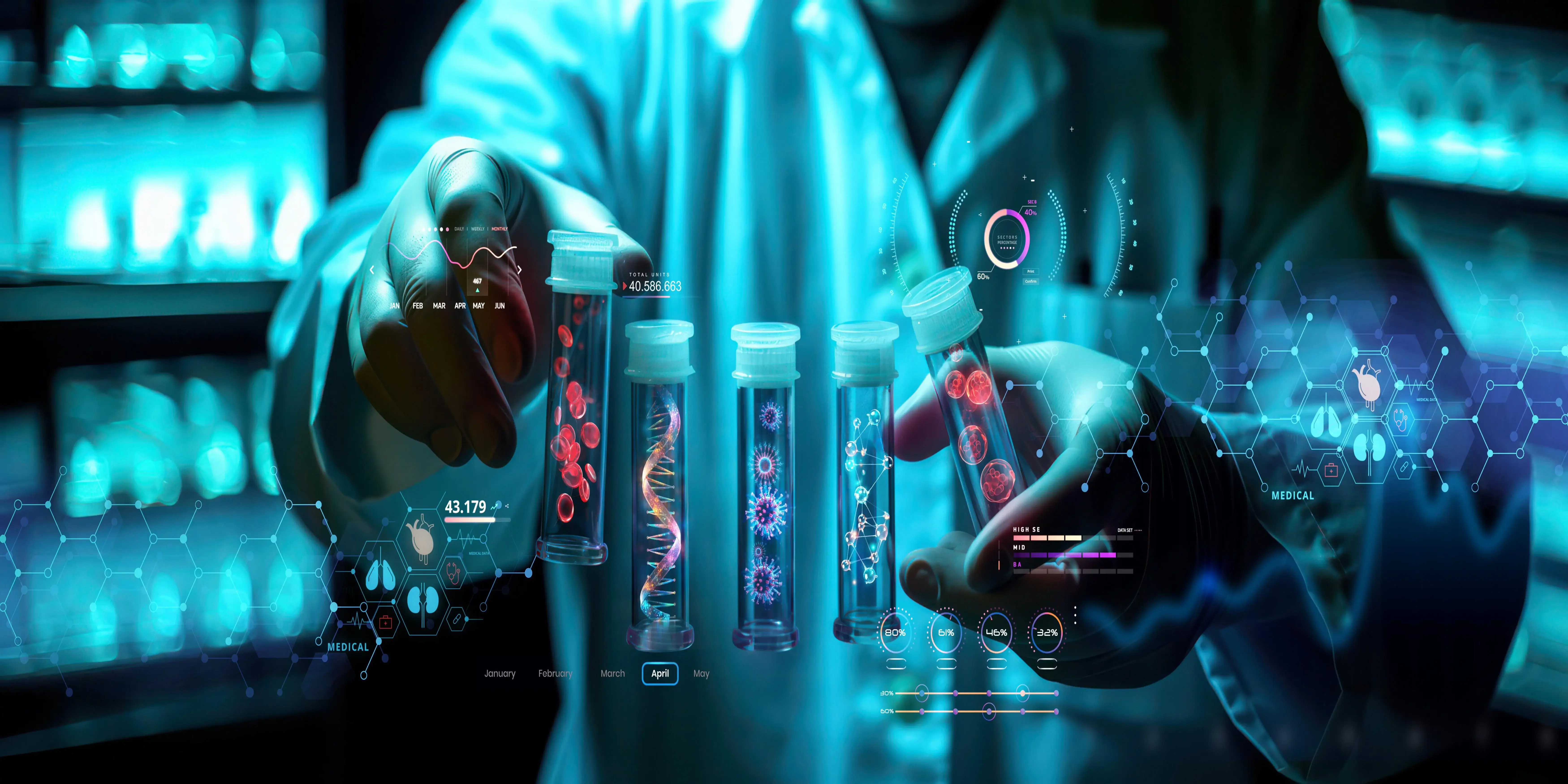Drugs have highly impacted society and culture in nearly every way, affecting human health to a good extent. While some drugs are prescribed for the treatment of specific diseases, the others come under abuse or recreation, which leads to addiction and other effects. The substance use is complex, and a sense of how the substances are classified based on their effects, legality, origin, and uses is important to awareness about substance use. This page gives the reader an all-around comprehensive review of the many drug kinds, their classifications, and the effects of drug usage, hence giving the student a proper perspective on this major topic.
Classification of Drugs by Legal Status
Legal Drugs
Prescription and OTC drugs regulated by the law fall under legal drugs. Medicinally they are used but may cause dependency or health complications if used without regulation. Antibiotics, analgesics, drugs for chronic conditions are a few examples of those categories.
Over-the-counter (OTC) Medications
OTC drugs are over-the-counter medications that are sold in the drugstores and can be bought from any point of sale. Generally, these are used as medications for common diseases like common colds, headaches, and soft injuries. OTC drugs, though safe, may have worse effects on health if abused-for instance, a higher dose intake.
Illegal Drugs
Illegal drugs according to the law include drugs whose abuse and use present significant potential for abuse, addiction, and harm, similar to cocaine, heroin, and ecstasy. Use of illegal drugs automatically poses health risks and is often linked with crime.
Classification of Drugs by Effects on the Body
Stimulants
Stimulants enhance brain activity, resulting in enhanced feelings of euphoria, alertness, and energy. Although their stimulant effects predict potential overuse of these drugs, stimulants have been used to treat disease conditions such as ADHD. Cocaine, amphetamines, and caffeine are some common examples of stimulants.
Depressants
Depressants delay the action of the brain and, through its effect on the body, often have a tranquilizing effect. They are administered most commonly to patients for seizure-related episodes, anxious attacks, and inability to sleep. Other examples of depressants are barbiturates, alcohol, and benzodiazepines. Overdoses and addiction can be caused by their abuse.
Further Classification: Natural vs Synthetic Drugs
Natural Medications
These plant, animal, and mineral drugs occur in nature. For centuries, these materials have been used in medicine. Some examples include psilocybin (from mushrooms), cannabis, and opium (derived from poppies). Some herbal medicines are permitted, while the use of others is banned, since they contain psychedelic properties.
Synthetic Drugs
These synthetic drugs include medicines such as fentanyl, methamphetamine, and synthetic cannabinoids. They are also laboratory-made chemical products designed to mimic the action of natural medicines, which can be remarkably more potent and hazardous.
Designer Drugs
Designer drugs are chemically synthesized drugs that have been engineered scientifically to bypass tight restrictions on the usage of illegal drugs. Some of the most widely produced include synthetic cathinones known as bath salts and synthetic cannabinoids known as Spice or K2. These drugs can be highly dangerous because of how unpredictable they can be.
Opioids
Tightly addictive opioids are derived from the opium poppy plant. These are drugs, although they are used to treat severe pain, including patients with cancer or after surgery. Illegal and prescription opioids that have driven the epidemic include heroin and oxycodone.
Hallucinogens
Hallucinogens tend to affect one's perception, thoughts, and feelings most with either auditory or visual hallucinations. Some of the commonly used hallucinogens are mescaline, LSD, and psilocybin (magic mushrooms). Although these drugs have been used for thousands of years in spiritual and other cultural ceremonies, they tend to result in psychological problems.
Cannabinoids
The cannabinoids-the main chemicals in cannabis-act upon the human body endocannabinoid system, producing various effects, from pleasure and relaxation to changes in sensory perception. THC is the compound responsible for the psychotropic element in cannabis, while CBD is pharmacologically active but not psychotropic and has medical applications. Cannabis remains illegal in most of the world but is legal in some.
Conclusion
Legal and illegal drugs have grave social implications. Indeed, some drugs, if taken with care, are a lifesaving medicine. Other classes threaten the health and safety of the people; hence the need to learn about the various classes, their effects, and risks associated with drug abuse in order that wise decision-making may be encouraged along with effective laws regarding drugs. Therefore, it is only by proper education, awareness in public sectors, and availability of treatment that the real harms of drug addiction and usage can be reduced to create a better future out of individuals and communities.



